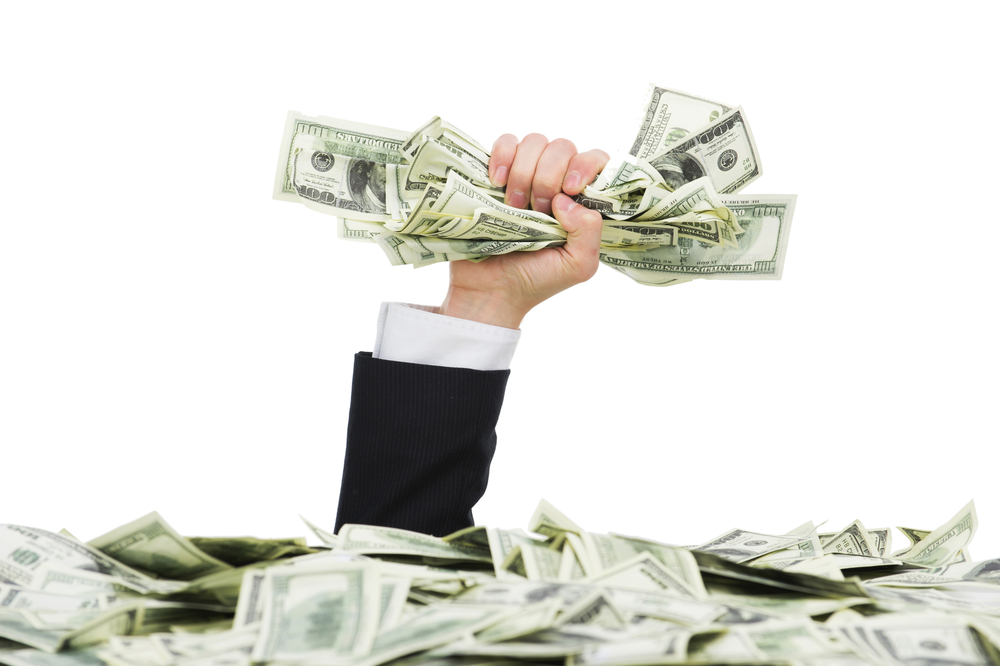Imagine that in this bear market, with prices going down seemingly every single day, you looked at the prices of your stocks and shrugged at the insignificance because you were certain they would return to their previous values – in fact, they would have to.
I’m not talking about the fact that stocks go up over the long term. While they do, some stocks never recover their losses.
No, unfortunately, I’m not even talking about stocks.
But there is a class of investments that has gotten beaten up along with nearly every other asset class – with one major difference.
These investments not only will recover their value but also will earn a profit. It’s dictated by law.
The stock market is getting hammered, seemingly every day. Eventually, the hammering will stop. Stocks will bottom. Maybe they’ll bounce right back quickly. Maybe they’ll take a while to rebound, a phase known as basing. That could take weeks, months or years. And some individual stocks will never come back.
Bonds are also down due to rising interest rates. But unlike with stocks, with bonds you know for certain what their prices will be on a certain date. Most bonds mature at par value ($1,000). That means on the date the bonds mature, the bondholder will receive $1,000, no matter what they paid for the bonds or where those bonds are trading at maturity.
For example, if you spent $900 on a bond that matures on May 1, 2023, and today it’s trading for $800, you will still receive $1,000 on May 1, 2023, unless the company goes bankrupt. You’ll also collect interest along the way.
Because bond prices are falling with rising interest rates, they’re presenting the best opportunity to own them that I’ve ever seen in my career.
Abby Joseph Cohen, the famed former Goldman Sachs partner and current professor of business at Columbia University, agrees with me, telling Bloomberg Television recently that this is the best opportunity in 20 years for individual investors to buy bonds.
Investors who want very little risk can buy investment-grade bonds with yields to maturity of 6%, 7% and higher on bonds maturing in 2026 or earlier. Yield to maturity is the total annual return, including bond interest and the capital gain or loss on the bond. Just a few months ago, you would have been lucky to get half the amount of yield to maturity that you can get today. Even the highest-rated bonds – AAA bonds – can now earn you over 4% per year.
For those who can take on more risk, the returns can be spectacular. Some non-investment-grade bonds, also known as high-yield bonds or junk bonds (bonds with a Moody’s rating of Ba1 or lower or an S&P rating of BB+ or lower) are sporting 10% or higher yields to maturity.
For example, one bond I’m looking at right now matures in March 2025. It trades around $850. So if I recommend it, you know that you’ll make $150 per bond, or a 17.6% profit, when it matures in 2 1/2 years. You’ll also get paid 5.3% annual interest on the bond while you wait for it to mature. All told, your yield to maturity (annual total return) will be 11.6%. Again, that’s guaranteed, except in the case of bankruptcy. The company’s stock price could be in the toilet. The company could struggle, but so long as it keeps the lights on, your interest and profit will be locked in by contract.
Investment-grade bonds have a default rate of just 0.1% over the past 32 years, while B- rated junk bonds have a default rate of 3.4% over the same period. A bond rated B- is rated fairly low, meaning you get paid to take on that extra risk. But if you prefer BB rated bonds, you can still earn double digits on some of them.
When you own a bond, you simply don’t care about where prices are today. The only day you care about is the maturity date, when you get $1,000 – regardless of whether you paid $1,000, $900 or $500 for the bond.
And given rising interest rates, it’s easy to find bonds trading at big discounts to their $1,000 par value – bonds that will pay a healthy interest rate and are guaranteed to pay you $1,000 at maturity, unless their issuer goes bankrupt.
If that sounds better than watching your stock prices fall every day and wondering whether they’ll ever climb back, get involved with bonds.
There hasn’t been a better time to do so in decades.
If you’re unsure where to get started in bond investing, look no further than my Stock Quitters Summit. In it, I reveal an investment that pays out contractually obligated returns of up to 110% in less than five years – and a whole lot more. Here are all the details.
Good investing,
Marc
